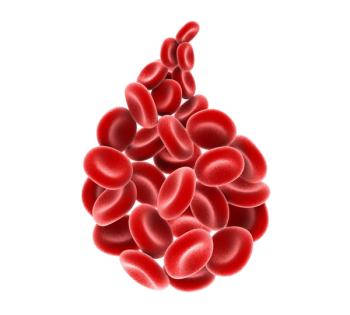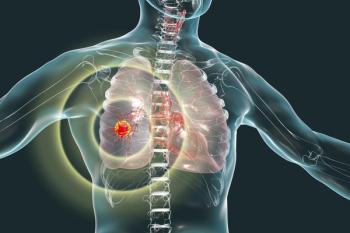
Adam J. Gadzinski, MD, MS, on Up-and-Coming Research for Urologic Oncology
The expert in urologic oncology spoke about new innovations that he believes will aid in treating patients with urologic cancers.
In an interview with CancerNetwork®,Adam J. Gadzinski, MD, MS, urologic oncology fellow and an acting instructor of Urologic Oncology at the Urology Clinic at UWMC, discussed encouraging research in the field of urologic oncology.
Transcription:
From a new treatment standpoint, some of [the most interesting] areas in prostate, kidney, and bladder cancer [are] the continued immunotherapy developments. Another one that’s very relevant to our world today is continued disparities research. [With] disparities, everyone always initially tends to think of gender and racial disparities; I think inherent into that [are] also very significant socioeconomic and also geographic disparities.
I think there’s going to be new ways of providing urologic care and telemedicine will be one tool for that. I do not think that…telemedicine will fix all disparity access issues for urologic care. I think that that is an over promise for this technology. But I think it can help and it can be used as a tool [for] the person who lives 500 miles away from a referral center [who has] a unique cancer that probably should…at least have treatment guided by that referral center. [This technology] makes it just a lot easier for them to get the input because they don’t have to drive 500 miles or fly that far. They can just have a telemedicine visit from their couch and say, ‘Okay, my local provider can do this, this is great. Thank you so much for your guidance and input,’ and [get] on with their day.
Newsletter
Stay up to date on recent advances in the multidisciplinary approach to cancer.


















































































